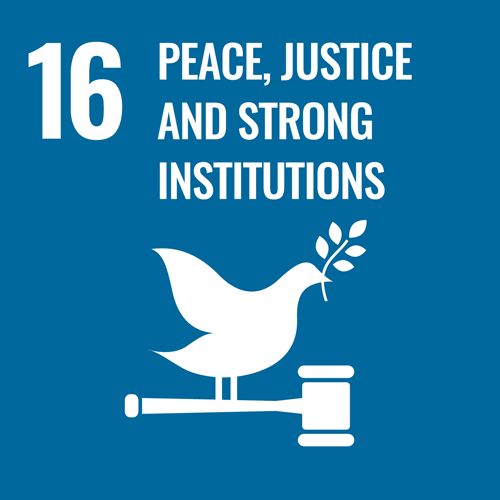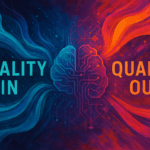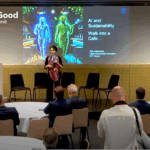
UNOCT works together with the members of United Nations Global Counter-Terrorism Coordination Compact to prevent and counter terrorism and the underlying spread of violent extremism. Learn more about the Compact and how its work spans across the three pillars of work of the United Nations.
Description of Activities on AI
Project 1: Building Knowledge on Counter-Terrorism in the Age of Artificial Intelligence
In 2020, UNOCT’s Global Counter Terrorism Programme on Cybersecurity and New Technologies collaborated with UNICRI, through its Centre for Artificial Intelligence and Robotics commenced a research initiative aimed at exploring the dual nature potential of artificial intelligence (AI) from the perspective of counterterrorism.
The initiative explored the dual nature potential of AI, analyzing the concerning aspects of the advent of AI, such as the possibility of its use with malicious intent by terrorist groups and individuals, as well as how AI might be leveraged to support counter-terrorism efforts, in particular in terms of combatting terrorist use of the Internet and social media. This resulted in the release of two reports “Algorithms and Terrorism: The Malicious Use of Artificial Intelligence for Terrorist Purposes” and “Countering terrorism online with artificial intelligence – An Overview for Law Enforcement and Counter-Terrorism Agencies in South and South-East Asia”.
UNOCT, UNICRI, and OHCHR organized a high-level briefing entitled “Counter-Terrorism in the Age of Artificial Intelligence: Risks, Opportunities and Safeguarding Human Rights” on 29 June 2021 as part of the Second Counter-Terrorism Week at the United Nations. During this briefing the findings of their collective research were presented.
Challenges
- Ensuring human rights compliant AI and building public trust in the use of AI by law enforcement and counter-terrorism agencies, especially given the complex interaction between human rights and counter-terrorism.
- Absence of consensus on the definitions of both terrorism and AI.
- Lack of a global governance framework and the prevalence of policies and regulatory frameworks centred in the global north.
- Insufficient public information related to the level of technological readiness and the current use of AI tools in the regions of South Asia and South-East Asia.
- Lack of understanding of how malicious actors could use AI.
Lessons Learned
While the use of AI for terrorist purposes is currently not a developed threat, it is important to not underestimate it. 2. The capacity of all stakeholders to identify and respond to the threat of the malicious use and abuse of AI for terrorist purposes should be improved. 3. Efforts need to be made to raise awareness of governments and industry partners about the role of AI in counter-terrorism. 4. It is essential to ensure that law enforcement and counter-terrorism agencies appreciate the potential human rights impacts of AI, as well as the limitations and fallibility of AI.
Future Work
- Supporting the design of human rights compliant models for the use of AI for counter-terrorism together with UNICRI and OHCHR.
- Building good practices for the use of AI for social network analysis for counter-terrorism together with UNICRI
- Research on potential uses of generative AI for terrorist purposes and mitigation strategies
- Enhancing Critical Infrastructure Protection through AI against Cyber-Terrorist Attacks
- Further research and monitoring of the willingness and future ability of terrorists to use or abuse AI.








